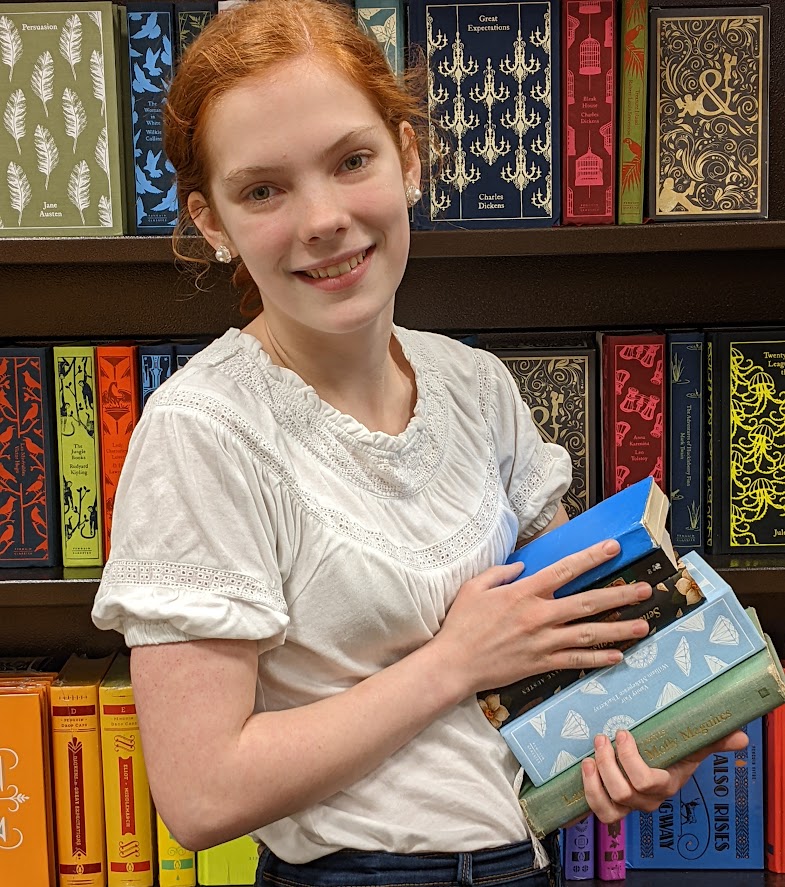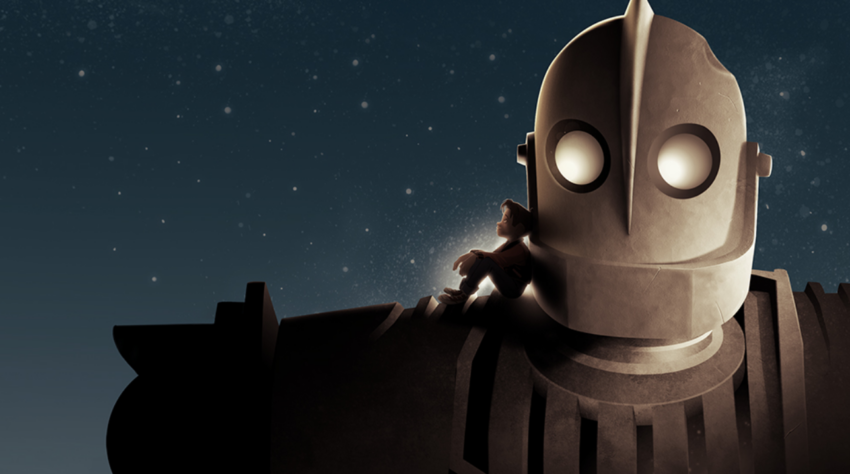Everywhere you look, writers are telling you the same thing: read, read, read. You MUST read in YOUR genre, books from authors writing books JUST LIKE YOURS. Don’t just read classics — scope out the competition, what does well in the market, and what elements make a story popular.
If you write a book completely unlike the other works in its genre — the conventional wisdom goes — then no one will read it. People want the same plot points, twists, and emotions that they got from the last book they read in their genre. Surprising them won’t help your book sell!
And while this may be partially true, there is often far more nuance to this than many writers care to admit. One cartoon, the Iron Giant, illustrates this especially. They defied nearly all the conventional wisdom from their genre and created something completely new — something that quickly became a well-loved classic.
What exactly did they do that set the Iron Giant apart? How much should writers stretch the bounds of their genre when writing? And what are readers really looking for when they pick up a book and start reading?
The Iron Giant just so happens to have the answers.
The Iron Giant
Hogarth Hughes is a 9-year-old boy in search of a pet his mom will let him bring home. His misadventures in search of companionship don’t seem to get him much more than a scolding and a few eccentric friends. But that certainly doesn’t stop him. When evidence of a massive alien from space starts showing up around his small town, Hogarth courageously decides to investigate.
What he finds surpasses his wildest imagination — a 50-foot-tall robot that eats metal and claims to have arrived from outer space. Hogarth is thrilled. Finally, someone to share his ideas and adventures with!
And adventure they do. Together they explore the woods around their town, dodge suspicious federal agents, and make a “splash” at a deserted mountain lake. They make friends with Dean, an artist who recycles metal from a junkyard to turn into art. He ends up helping them out of a few tight spots, and overall they manage to keep the Iron Giant a secret between just the two of them.
There’s one specific adventure that I’d like to look at, though, because I think it tells a lot about what people want when they sit down to read (or watch) a story — no matter what genre it’s in. One autumn day, while exploring the woods together, Hogarth and the Iron Giant discover a beautiful, curious deer. It comes closer to the two of them, and the Iron Giant is touched by its innocent curiosity. A sound frightens the deer further into the woods, and it bounds off into the distance. The two of them share a smile — just before a gunshot sounds.
Hogarth and the Iron Giant reach the deer just as the two hunters who shot it are bending over it. Recoiling in fear, the Iron Giant’s sudden movements frighten the hunters away, but neither Hogarth nor the Giant notice. All they see is the deer, lying on its side next to two hunting rifles. The Iron Giant is crushed that anyone could kill something so beautiful. He tries to fix the deer, and can’t. Greatly distressed, he asks Hogarth about it later that night.
Hogarth tries explaining death to the Iron Giant — how all things die, and that’s just a part of life. They go on for a while, but eventually all animals will be gone forever. But people are different from animals. People have souls, and souls can never die. This sparks a discussion between them. The Iron Giant has thoughts and feelings, so doesn’t that mean that he has a soul? But can he die if he’s a robot?
The movie doesn’t attempt to answer every question. But that scene has so much power and heart to it. And it’s one of the reasons why the Iron Giant is such a great movie.
Breaking Genre Boundaries
None of what I described above is what you’d expect to find in a sci-fi movie. And certainly, the tanks get their impossible battle with the unbeatable alien robot by the end. But a triumphant battle isn’t the note the writers chose to end on, because it wasn’t the most important part of the movie.
The most important part of this movie was its heart.
And that’s the reason it was able to break so many of the boundaries on science-fiction films.
It doesn’t matter what genre you write in, if your story has heart, people will want to read it. Even if it takes a genre and an element in a completely unexpected direction and fails to deliver in several routine aspects.
That doesn’t mean every story you write has to involve a touching scene between two unlikely friends as they grapple with the eternality of souls. But it does have to have a theme, that heart, running through each plot point and interaction. Something that matters beyond events that occur in your plot that ties them all together. Something that gives each one meaning and significance.
Most stories are far more subtle with their heart. Instead of saying everything out loud, they have the theme whispered between characters and faintly echoed in each plot point — every event pointing their characters toward a powerful truth.
But the heart has to be there.
Without it, stories of any genre end up empty and hollow. It happens most often in sci-fi and action-adventure stories, where exciting events and fast-paced plot can often distract from meaningful themes. But every story, in every genre, needs that heart to have power and meaning.
That’s why the Iron Giant could break so many genre boundaries when telling its story. The writers had their heart, their theme, set from the very beginning. That gave every event — whether it was an adventure in the woods or a death-defying battle between an indestructible robot and armed tanks — significance. Even if that event doesn’t belong in the sci-fi genre.
I think this needs to be said especially in a time where many people are consuming heartless media. The movies and TV shows being produced are full of events that belong in their genre — yet it all feels like a paint-by-number. From the Marvel Cinematic Universe to Disney’s newest fantasy movie, Wish, viewers are dissatisfied. And it all comes down to one specific point — the story’s heart.
Without heart, your character development is meaningless. Without heart, your plot points are just events. Without heart, the pain and transformation your characters endure to finally reach a happy ending is far from satisfying.
But with that heart, each part of your story has a deeper significance that stretches beyond the bounds of genre and touches every person. It’s what has made the writers of the past so successful — and it’s why so many modern stories aren’t.
Ultimately, heart is what draws readers to your book, and it’s what unites people over any story. People don’t just want action scenes or comedic romances or heroic acts (although each of these elements have created great stories in the past). They want to know that every adventure, every line, every word has significance, because it points to a truth more powerful than your story could be just on its own.
And that truth? It is your story’s heart.



What stories have you found that defied your expectations? Were they any good? What heart, or theme, have you found to be most powerful in the stories you’ve read? And how was the article? Too sweet? Too sour? Just right? Comment below and let us know!


Hi! My name is Mara, and I’m a Christian artist, violinist, and blogger. I remember the day that I decided that I would learn something new about what makes a good story from every book I picked up — whether it was good, bad, or a mixture of both. I use this blog as a way of sharing some of the tips and tricks I’ve learned, and highlight which books, cartoons, and movies have taught me the most about writing an awesome story.


Awww…. that’s adorable.
It’s an awesome movie. If you ever get a chance to watch it, you should go for it!
AHHHH I LOVED THAT MOVIE SO MUCH!!!!!! IT’S TOTALLY IN MY TOP 10!!
Yes, I agree! I love this movie so much I juuuust might be posting another article specifically focusing on one of my favorite characters from it pretty soon… We’ll just have to wait and see. 🤫